It's the End of the World as We Know It
What the Apocalypse Means for Us Today
I discovered the center of the universe while stumbling toward the end of the world—in Mexico.
El centro del universo está en el fin del mundo.
We rounded a corner into the ancient ruins in the high mountains of the Sierra Madre, about 40 kilometers outside Oaxaca. The box-shaped building hosted ceremonies for the Zapotec people as early as 100 BCE. My guide Jaime, a Zapotec descendant, pointed to symbols on the walls. Using sunlight reflected from his phone, he illuminated what appeared to be an upside-down staircase.
“These represent life’s stages,” he said. “Each step depicts our journey from infant to child, to family, and then death,” I asked about the last two symbols, which seemed to hang over an abyss. “That is death, the most sacred stage when you come to the end of your life, the end of the world.” I wondered whether he meant a personal end or the end of the world—questioning if something got lost in translation between Zapotec, Spanish, and English.
He paused, looked at me, tilted his head, and said: “Same thing.”
Earlier, he’d pointed out symbols that this Westerner saw as crosses. I learned that these crosses represented the human heart and the center of the universe—again, the same thing.
I’d traveled to Mexico seeking sun, Spanish lessons, and renowned Oaxacan cuisine. Instead, I found myself at the center of the universe at the end of the world. The following Sunday, the local Episcopal church read from ancient Jewish apocalyptic literature. In a café, two young adults debated whether recent events might signal the end of the world. It all converged: an ancient mythological idea called the apocalypse suddenly felt urgent and present.
The Unveiling, the Revelation of Something New
We’ll be moving into the season of Advent shortly. Get ready for more readings of an apocalyptic nature. On the radio, expect heavy rotation of the secular Advent Hymn by R.E.M. “It’s the End of the World as We Know It (and I feel fine).”
The word “apocalypse” carries more cultural weight today than possibly at any time in recent memory. We use it to describe climate collapse, technological upheaval, political fracturing, and a general feeling that something within the world’s systems is breaking down. But in its original sense, the term doesn’t mean catastrophe. From the Greek apokálypsis, it implies an unveiling—a revelation of what was hidden, a sudden exposure of truth. Before it became associated with destruction, “apocalypse” represented a way of seeing, a disclosure that allows something more profound to come to light.
Viewing apocalypse as an unveiling (or a revelation) instead of destruction offers insight into how cultures throughout history have dealt with collective anxiety. Whether in ancient Oaxaca, where the Zapotec civilization created a complex cosmology, in Jewish communities under imperial rule, or in Michael Meade’s modern mythic psychology, apocalyptic language often appears during times of upheaval. What unites these traditions isn’t fatalism but the quest for meaning—a human urge to find hope beyond the unknown.
When Words Fail
Apocalypse, as unveiling, suggests that a crisis is not just an end but a moment revealing something previously hidden. In ancient Jewish tradition, apocalyptic literature wasn’t about predicting the physical world’s demise but about symbolically reinterpreting current circumstances. Scholar John J. Collins describes in The Apocalyptic Imagination how these texts reveal “a transcendent reality which is both temporal and spatial”—they present a different understanding of time and expose a world beyond the one people feel trapped in.
This is crucial: apocalypse happens when normal language can’t express a community’s suffering or hope anymore. The unveiling isn’t a shock—it’s a clarifying act, an effort to see clearly when surface appearances are deceptive.
Zapotec Memory and Cycles
Ancient Oaxaca offers an example of how societies symbolize crisis, continuity, and renewal.
The Zapotec civilization built monumental structures at Mitla and Monte Albán, developed complex social systems, and created an early writing system. Although they didn’t produce “apocalyptic literature” like the Book of Daniel, their worldview recognized the cyclical nature of time. Javier Urcid’s research shows that Zapotec inscriptions served as collective memory, linking the living with ancestors, rulers, and sacred events.
What emerges is a culture where life and death intertwine through memory, ritual, and lineage. Instead of catastrophic breaks ending history, the Zapotec imagination highlights transitions—moments when one era gives way to another, when power shifts, and when ancestors re-enter the story through ritual. Their writing system itself connects worlds, maintaining continuity amid upheaval.
This cyclical, memory-centered worldview captures the core of apocalyptic thinking: placing current chaos within a larger story that keeps continuity even amid change. For the Zapotecs, the “unveiling” occurs through rituals that connect the living with ancestral knowledge, showing that what seems to end is often just transforming.
Mythic Psychology in Modern Crisis
Few contemporary writers have explored collapse and renewal more than storyteller and mythologist Michael Meade. He believes modern crises are best understood not just through political or technological analysis but through mythic patterns. In his Living Myth podcast, Meade describes our era as an “apocalypsis” in its older sense: a time when hidden forces surface and profound truths demand acknowledgment.
Meade’s insight is that humanity moves through “death-and-rebirth cycles,” similar to cyclical cosmologies found in many Indigenous and ancient civilizations. Periods of upheaval serve as “pressure points” that force cultures to reconnect with neglected parts of the psyche. When institutions break down, symbolic imagination becomes essential: stories help us process fear and uncover possibilities that are not yet visible.
What sets Meade’s approach apart is his focus on ‘a second level of hope”—hope that doesn’t deny crisis but grows within it. Superficial optimism falls apart under pressure, while deeper hope appears when people connect with symbolic, ancestral, and mythic aspects of life. This challenges popular apocalyptic thinking often dominated by climate doomsdayism, political despair, and technological anxiety. Meade redefines apocalypse not as destruction but as a collective rite of passage, a necessary revelation that sparks greater imagination and moral courage.
Biblical Hope in Dark Times
While ‘apocalypse’ has become shorthand for disaster in modern media, biblical Jewish apocalyptic literature—especially the Book of Daniel, parts of 1 Enoch, and later visionary texts—was fundamentally hopeful. These works arose during intense political hardship, including foreign occupation and persecution. Their symbolic beasts, fiery visions, and cosmic battles weren’t just speculation but coded political commentary, providing reassurance that oppressive regimes wouldn’t have the last word.
In this tradition, apocalypse means moral revealing: corrupt powers are exposed, suffering takes on cosmic significance, and a new, fair order is promised. These texts weren’t meant to scare but to support. When ordinary political tools failed and cultural identity faced threats, apocalyptic visions helped people imagine justice beyond immediate circumstances.
Jewish apocalyptic thought’s optimism stems from rejecting the notion that oppression is permanent. Even when history seemed fixed, these texts offered a broader perspective, promising the world could change.
The Pattern Across Traditions
Comparing Zapotec memory traditions, Jewish apocalyptic hope, and Meade’s mythic psychology reveals a pattern:
Apocalypse marks moments when old meanings fail.
Apocalypse provides symbolic frameworks for transition.
Apocalypse ultimately cultivates hope, not fear.
This is the common thread: in each tradition, apocalypse becomes a tool for endurance and imagination.
Today’s challenges—climate chaos, AI anxieties, democratic instability, cultural division—often seem unprecedented. Yet the recurring use of apocalyptic language reveals how human the reaction is. We don’t crave destruction; we sense that crises can yield revelations. When systems break down, something hidden becomes clear. We uncover truths about inequality, ecological vulnerability, psychological disconnection, and collective memory that were once concealed.
Our task isn’t to avoid apocalyptic language but to reclaim it—seeing apocalypse not as an end but as a symbolic call to reimagine the future. Just as the Zapotecs inscribed histories to guide transitions, Jewish apocalypses fostered hope during persecution, and Meade encourages reconnecting with mythic imagination, we too can view apocalyptic moments as opportunities for collective renewal.
A Call, Not a Curse
Talking about the apocalypse today isn’t about welcoming the world’s end; it’s about recognizing that the world we knew is evolving. This awareness can lead to despair or inspire hope. The apocalypse reminds us that unveiling is possible, that clarity can emerge from confusion, and that collapse can lead to renewal.
In brief, we may not be at the end; we might be at the beginning, and each of us is dead smack right in the middle of something being born.
More to Come,
James Hazelwood is the author of Everyday Spirituality: Hope, Faith and Meaning. He writes for Substack when something seems worth writing about. Jameshazelwood.net



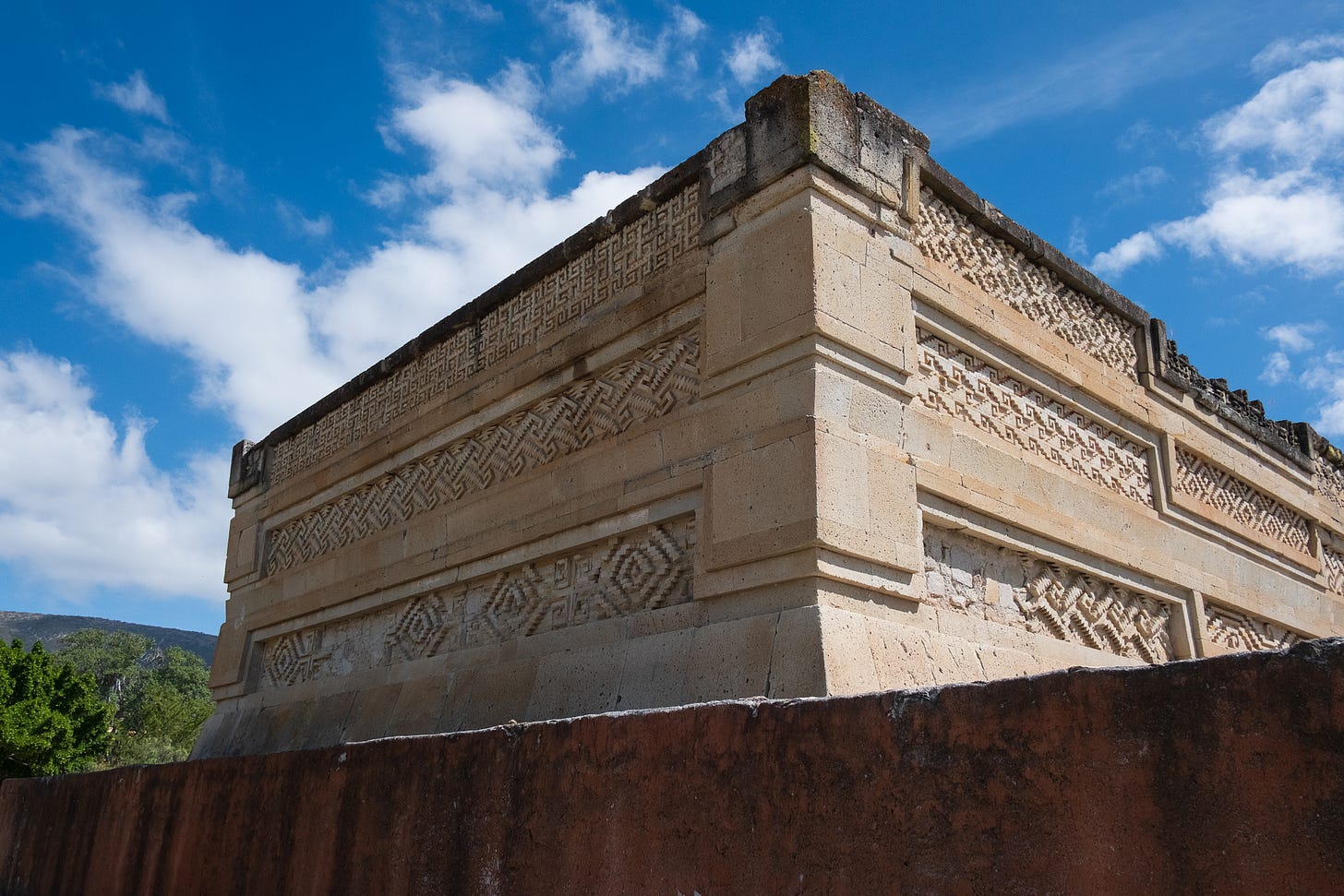
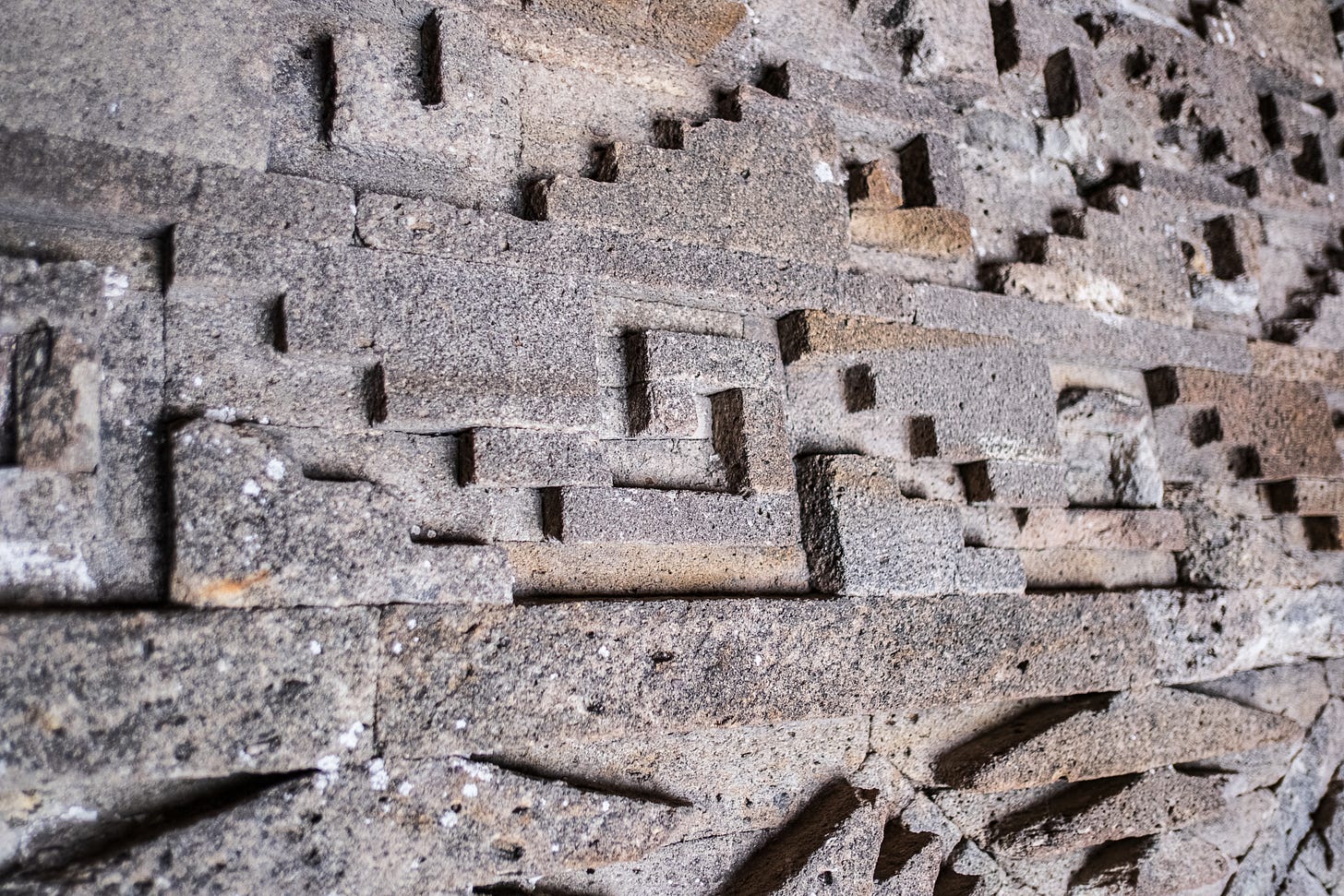
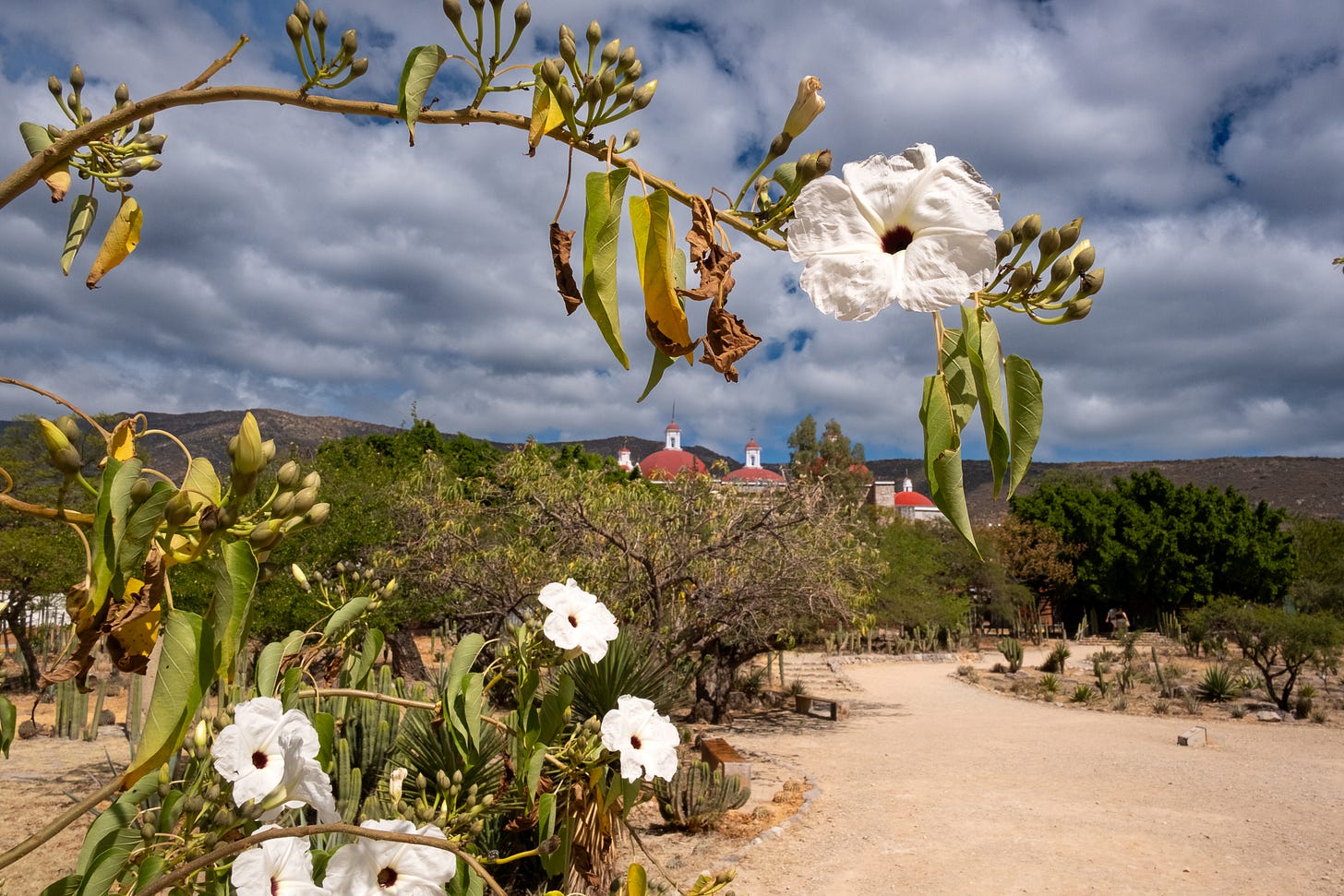
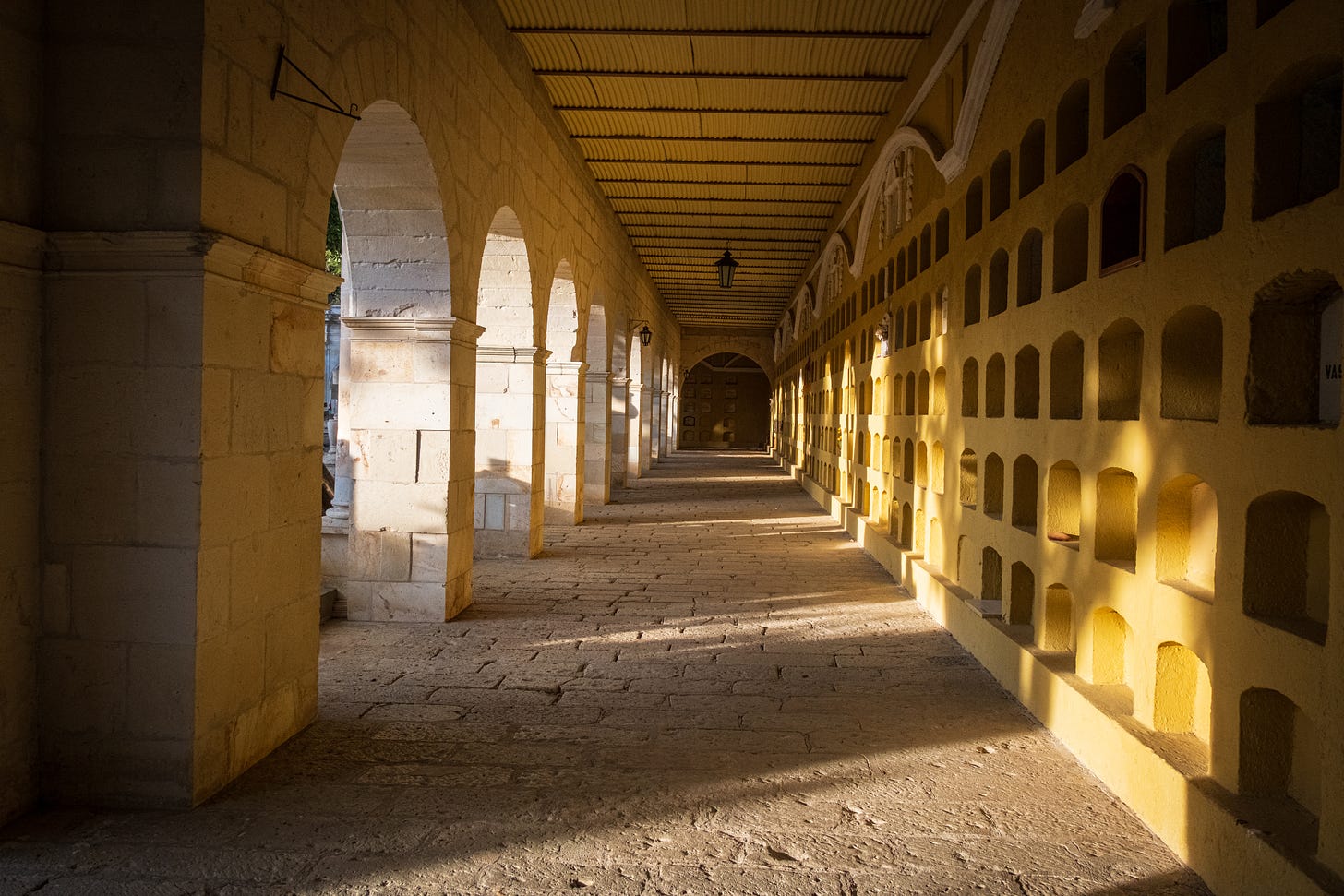
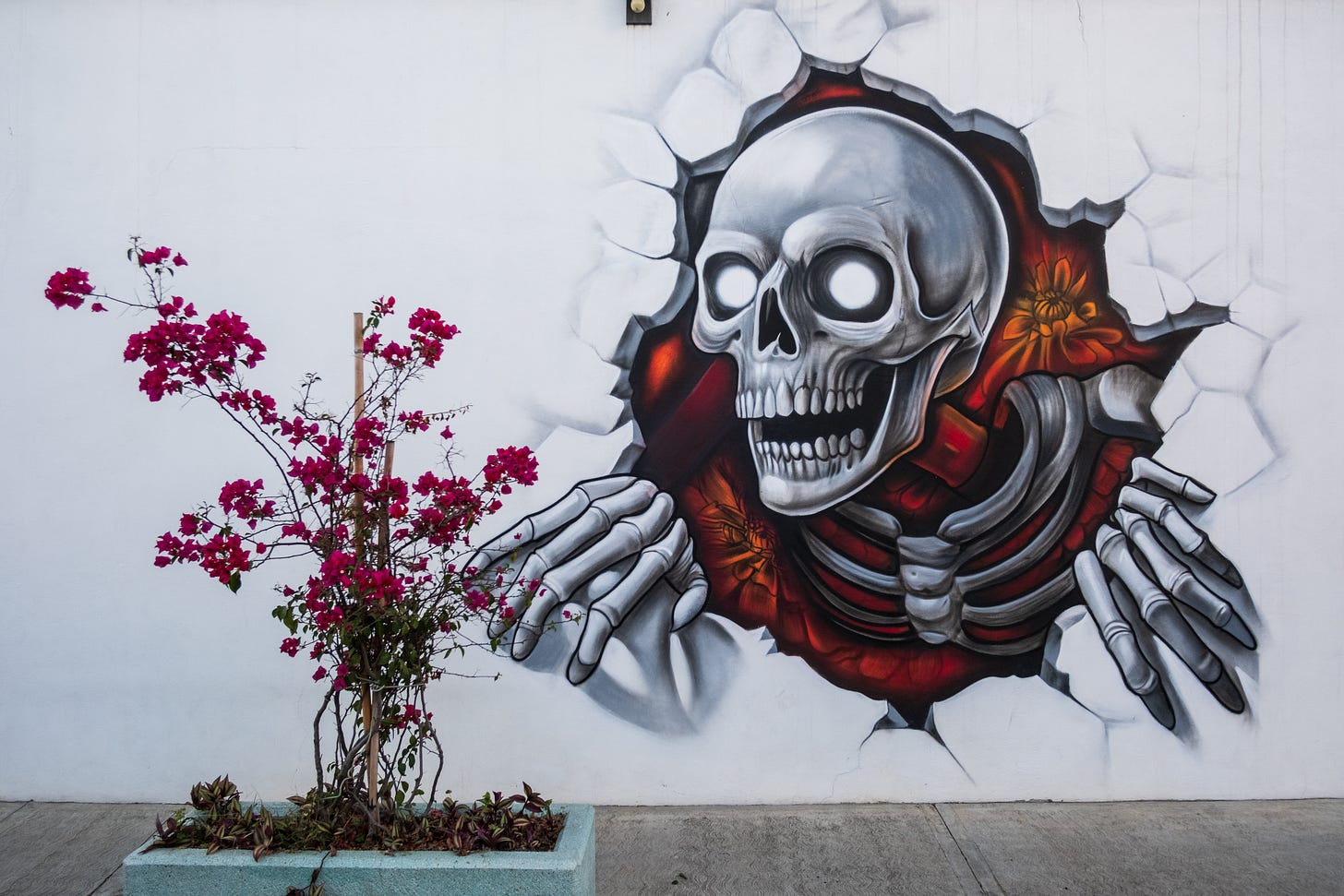
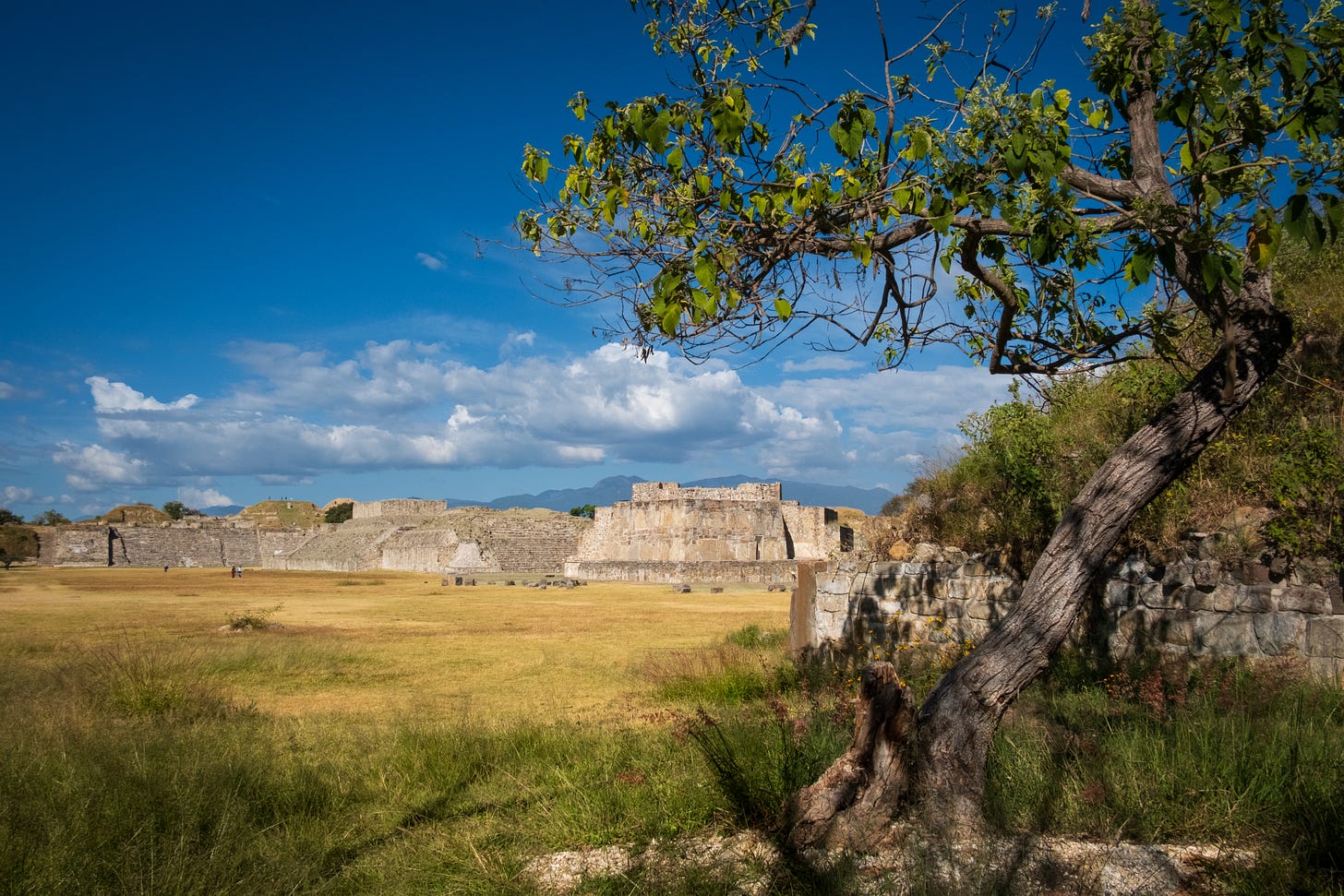

Such a great essay. Thank you